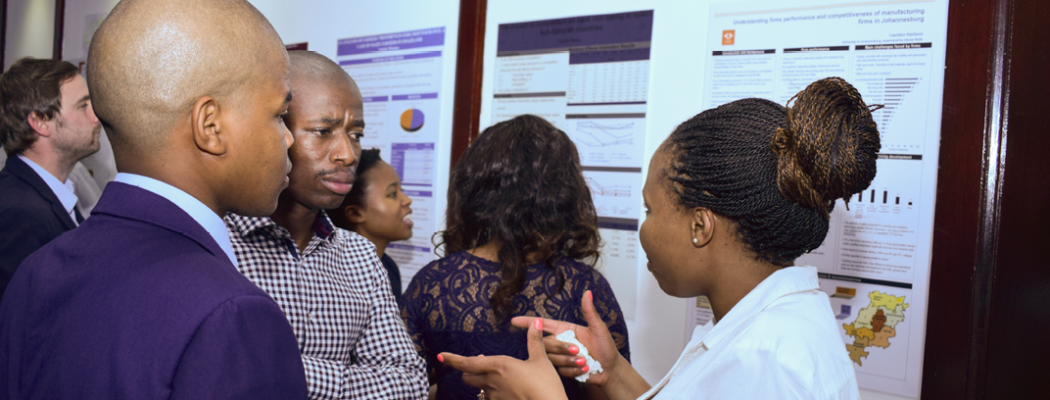SA-TIED seminar on tax depreciation allowances and tax revenue mobilization in South Africa
On 26 August the SA-TIED programme will host an online seminar on tax depreciation allowances and tax revenue mobilization in South Africa. The research seminar will be delivered by Estian Calitz and Ada Jansen under the SA-TIED work stream on Public revenue mobilization for inclusive development.
Abstract: Depreciation allowances in South Africa | Estian Calitz
Nowadays, tax depreciation allowances are used less as instruments of macroeconomic stabilization and more as long-term measures to stimulate investment. This paper tabulates the types of accelerated depreciation allowances in South Africa and calculates the magnitude of these benefits in addition to standard across-the-board accounting depreciation by companies. Using anonymized tax assessment data from the South African Revenue Service, the analysis generates the aggregate and sectoral composition of tax depreciation and tax investment allowances for 2014–17. An estimate is offered of the cost to the treasury of these tax expenditures, and of the reduction in the statutory corporate income tax rate should depreciation allowances be terminated.
Abstract: The corporate income tax gap in South Africa - A top-down approach | Ada Jansen
A key objective of many governments is to improve tax revenue mobilization. One way to achieve this is by improving tax compliance. This requires accurate knowledge of the tax gap, i.e. the difference between what should be paid and what is actually paid. Until now, tax gaps have been primarily estimated in developed countries, and very little is known about tax gaps in developing countries. Information about these gaps can help policy makers make appropriate revenue mobilization strategies. This paper uses a top-down approach to estimate the tax gap in corporate income tax in South Africa. It uses national accounts statistics and tax administrative data to estimate the gap in the non-financial corporate sector, i.e. the difference between potential and actual corporate income tax under current tax legislation. The overall gap is estimated at approximately 11 per cent of the potential tax base or 2 per cent of GDP over the period 2015 to 2017.





